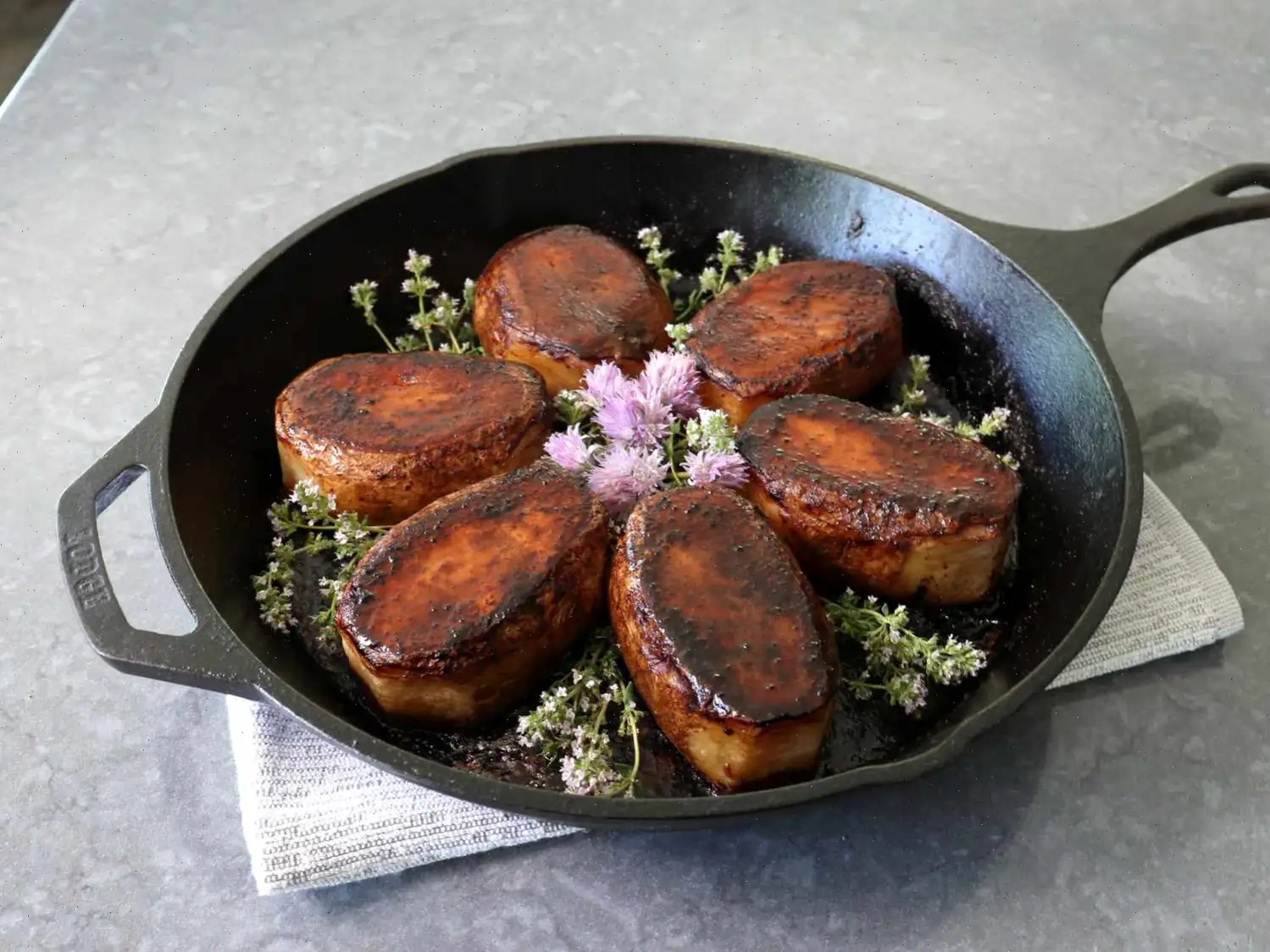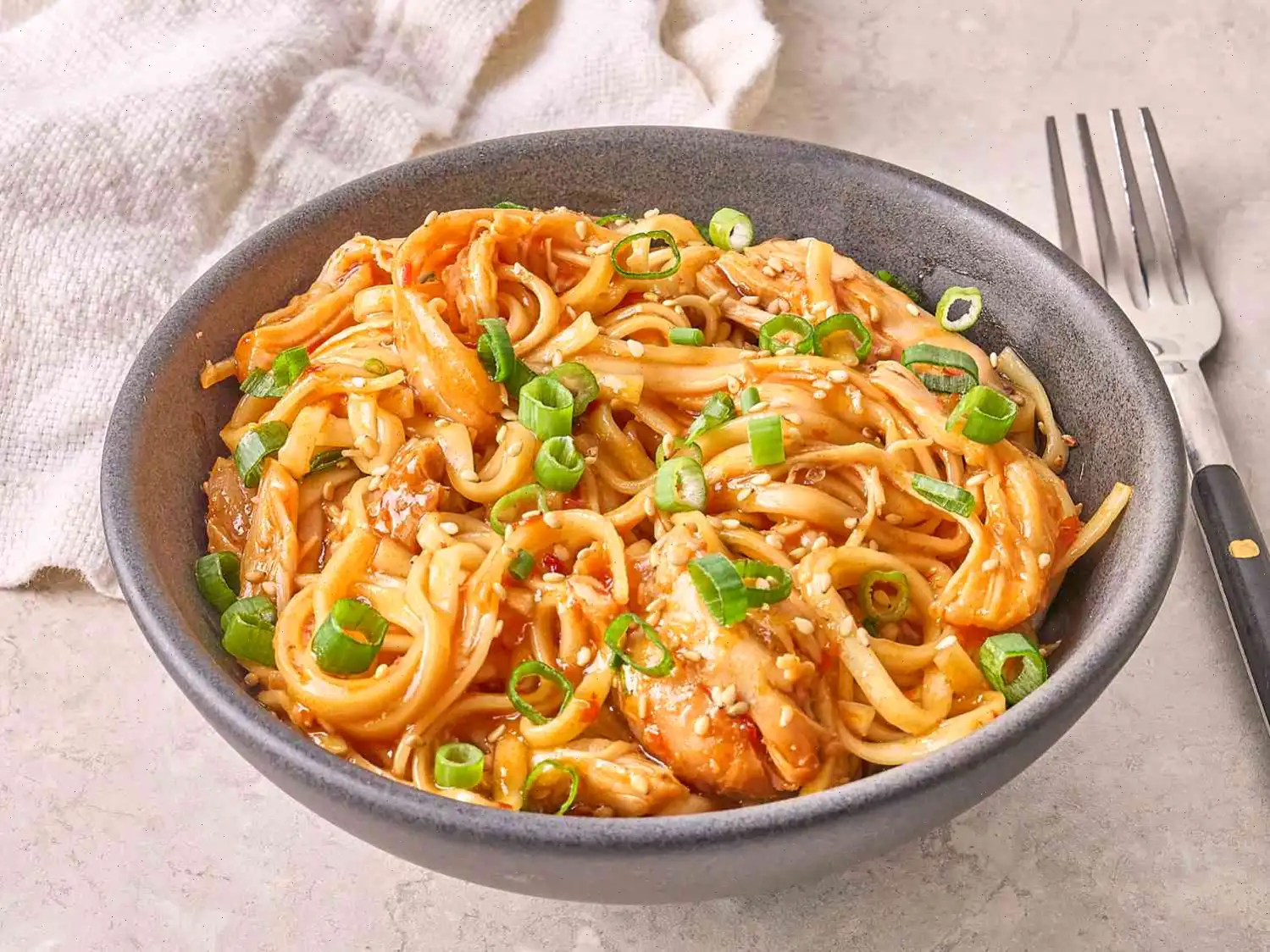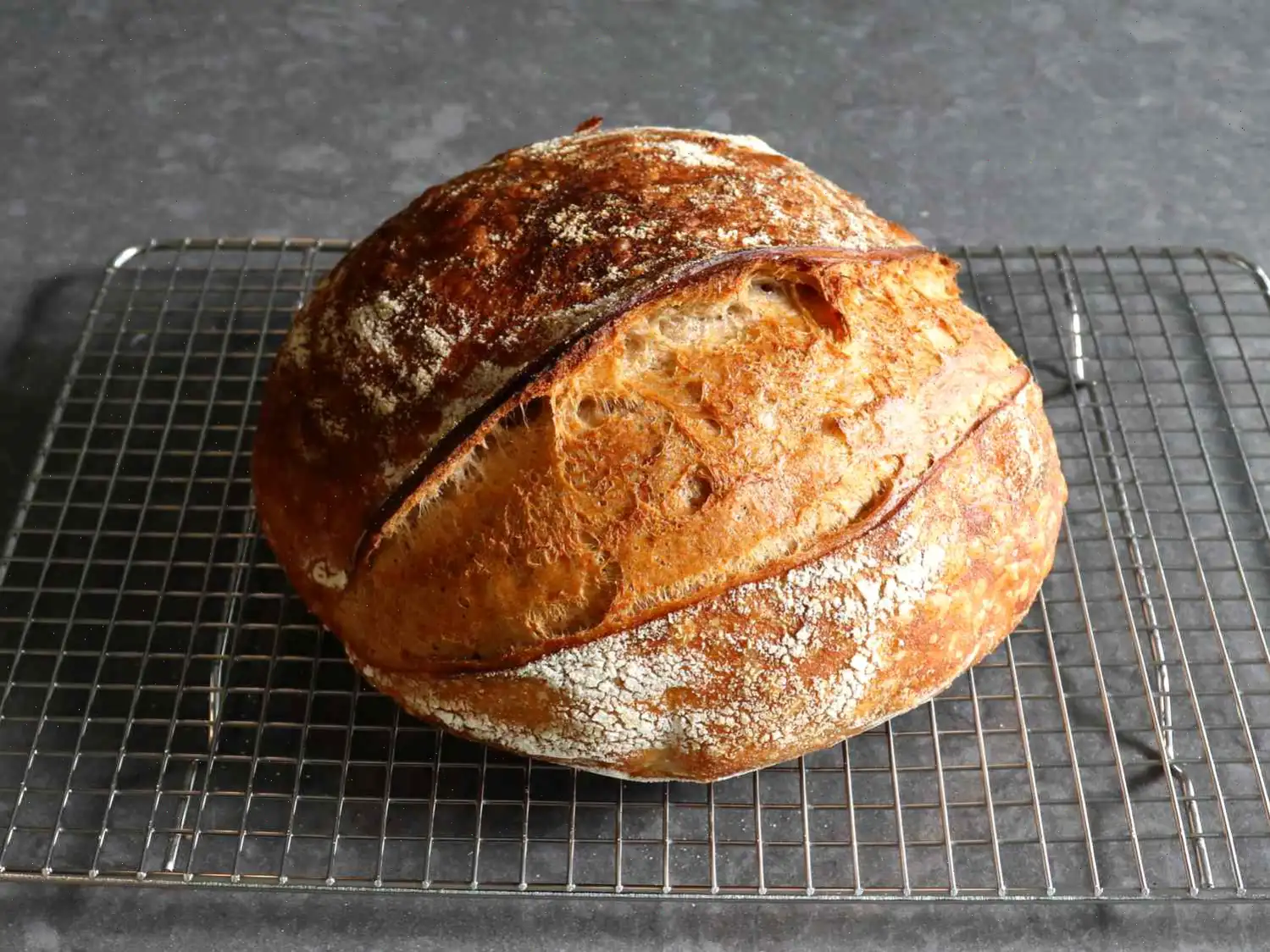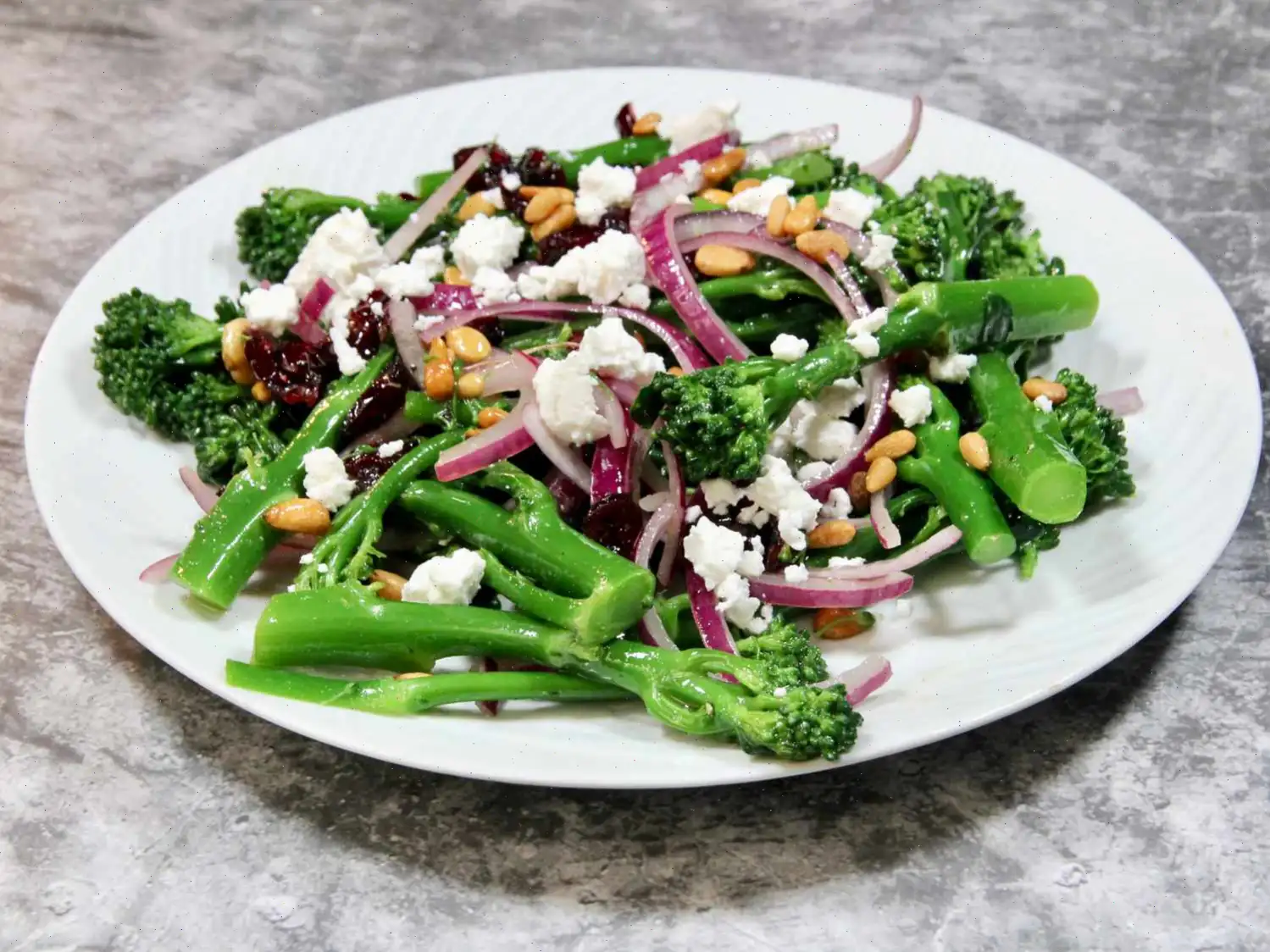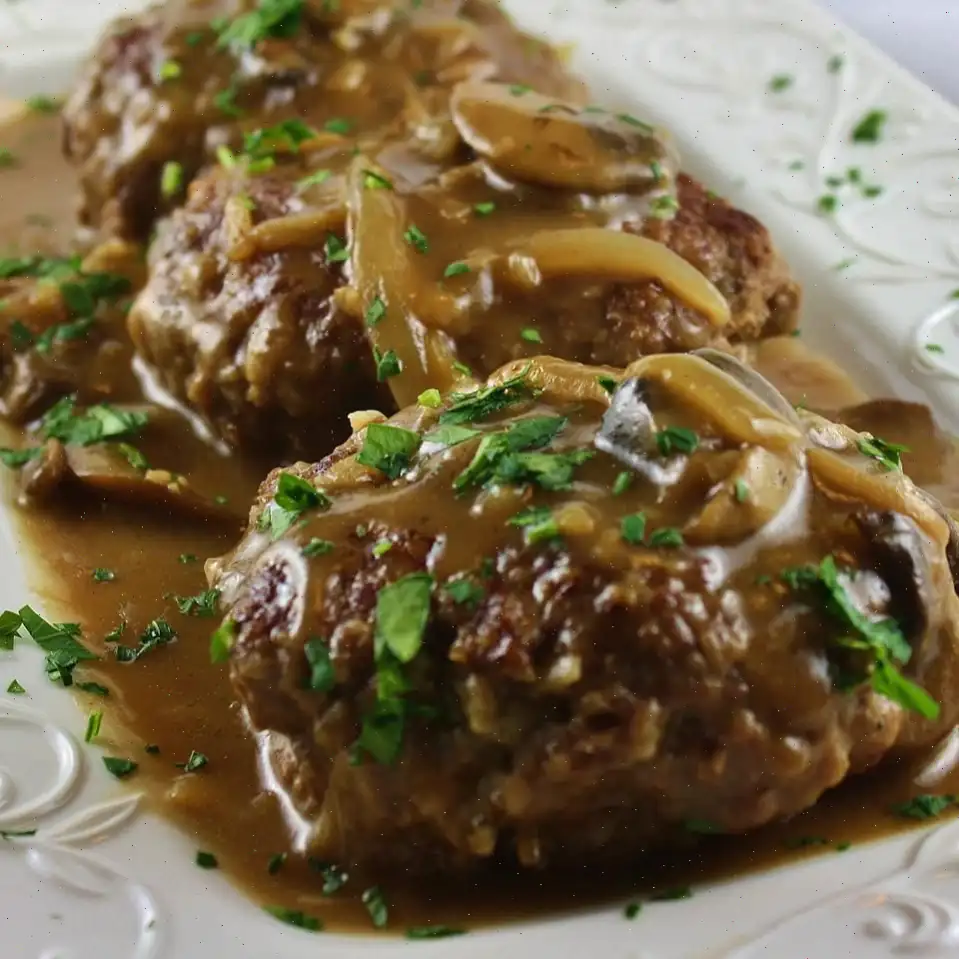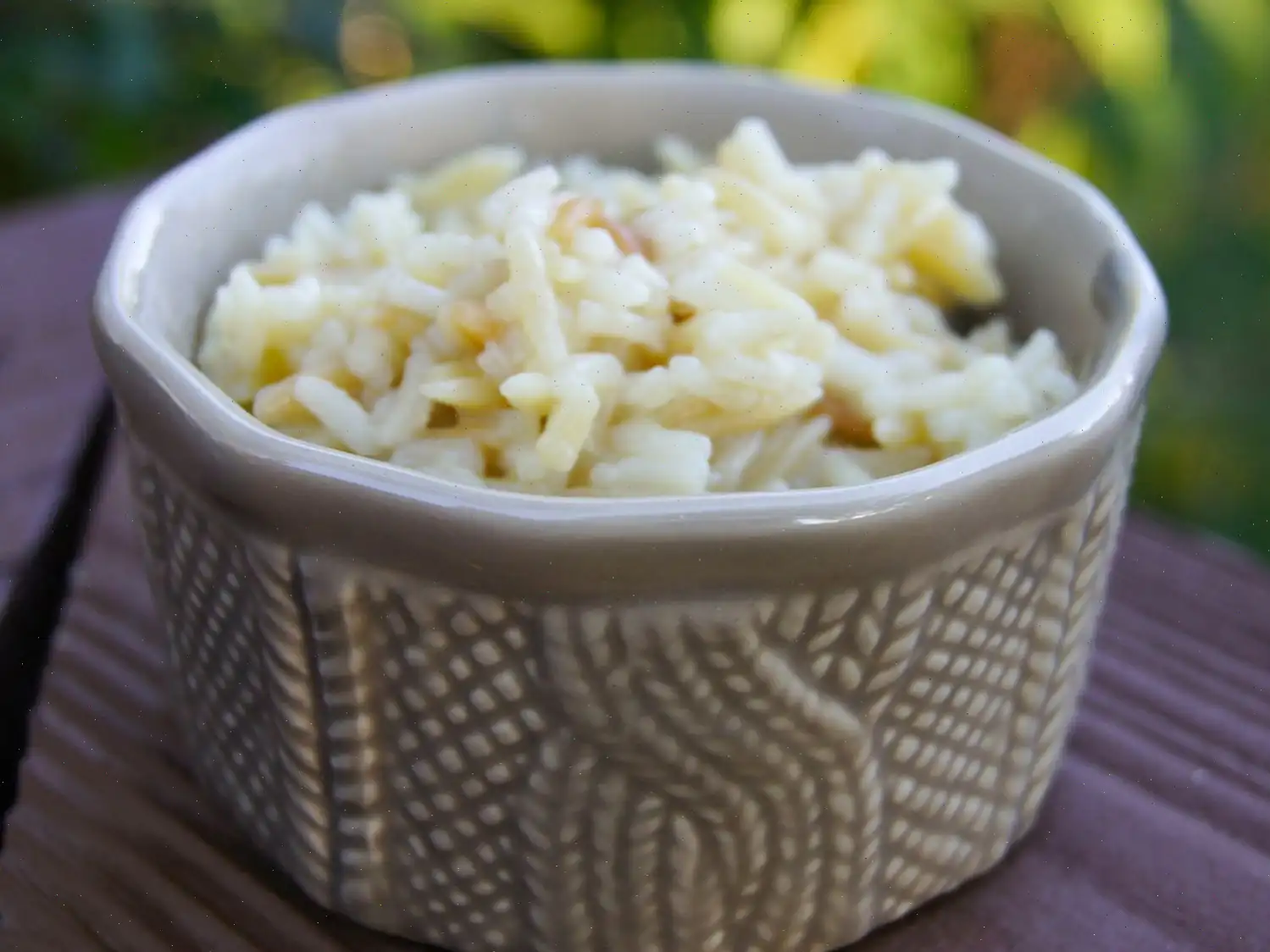
Big Fat Fondant Potatoes Recipe
Not all experimental recipe failures are failures, and these Big Fat Fondant Potatoes are a great example. Ive always wanted to try an oversized version of pomme fondant, and since I was looking for something special to pair with an upcoming steak recipe, I decided that now was the time. That also explains the miso-dashi broth addition, and while these didnt have the classic texture of fondant potatoes, they were still absolutely delicious to eat, and gorgeous to look at.
By the way, my old culinary instructors would like me to tell you that you should clarify the butter before you make these, since if you dont, and let it fully caramelize on the bottom of the pan like I did, the milk solids may cause the edges of your potatoes to turn a little golden-black. This doesnt bother me, or cause an off flavor, but if you are concerned, maybe take the extra step. But, whether you clarify or not, these do make for an impressive potato side dish, and I hope you give them a try soon. Enjoy!
Ingredients
- Miso-Dashi Broth
- 1 1/2 cups chicken broth
- 1 teaspoon miso paste
- 1 1/2 teaspoons dashi powder
- Potatoes
- 6 large russet potatoes
- 2 tablespoons high-heat vegetable oil
- 1 teaspoon kosher salt, plus more as needed
- 3 tablespoons unsalted butter
- 2/3 cup chicken broth, or as needed
Directions
Step 1: Preheat the oven to 425F (220C). In a saucepan, bring the chicken broth to a simmer. Whisk in the miso paste and dashi powder until well combined. Once the mixture is heated, turn off the heat and set it aside for later use.
Step 2: Prepare the potatoes. Place each potato on its narrowest side and trim straight down to create a flat surface. Rotate the potato and trim the other side with a straight cut parallel to the first. Slice off a little from each end to square the potato further. Then, make 2 angled cuts on each side of the squared ends. Place the potatoes in a bowl of cold water to prevent oxidation. Reserve the trimmings for another use. Once done, drain the potatoes and dry them thoroughly with paper towels.
Step 3: Heat a large cast-iron pan or another heavy, ovenproof skillet over high heat. Once the pan is hot, add the vegetable oil. Carefully place the potatoes in the skillet with the largest flat side down. Season the tops with half of the salt. Reduce the heat to medium-high and cook for about 4 minutes, or until the potatoes are well-browned. Turn the potatoes over and repeat the process to brown the other side, for about 4 minutes.
Step 4: Lower the heat to medium and use a paper towel to soak up any excess oil between the potatoes. Add the butter to the pan. As the butter melts, baste the tops of the potatoes with the melted butter. Once the butter has toasted to a light brown color, turn off the heat and carefully strain in the miso dashi broth.
Step 5: Place the skillet with the potatoes in the preheated oven, uncovered, and roast for about 25 minutes. After 25 minutes, remove the skillet and turn the potatoes over. Add the remaining 2/3 cup of chicken broth and return the skillet to the oven. Continue roasting the potatoes at 425F (220C) for another 25-30 minutes, or until the potatoes are easily pierced with a knife. Be sure to check the broth level occasionally, adding more if it evaporates.
Step 6: Once the potatoes are done, brush the tops with the pan drippings. Serve and enjoy!
Chef's Note: Adjust the salt according to the saltiness of your broth. You can replace the miso-dashi broth with plain chicken broth if desired. For a darker, more caramelized version, let the broth evaporate at the end of cooking. For a lighter version, keep a small amount of liquid in the pan.
Nutrition Facts (per serving)
| Calories | 11g Fat | 65g Carbs | 9g Protein |
|---|---|---|---|
| 388 | 14% of Daily Value | 24% of Daily Value | 17% of Daily Value |
* Percent Daily Values are based on a 2,000-calorie diet. Your daily values may be higher or lower depending on your calorie needs.

History of Fondant Potatoes
The concept of "fondant potatoes" has its roots in French cuisine, where the term "fondant" refers to something that melts in the mouth. Originally, the dish was made by cooking potatoes slowly in butter, resulting in a soft, creamy interior and a crisp, golden exterior. Fondant potatoes were popularized in fine dining settings due to their luxurious texture and rich flavor. The "big fat" version of this dish, as seen in this recipe, is a more modern take that amplifies both the size and flavor, often paired with more robust ingredients like miso and dashi for a unique twist.
Regional Variations
While fondant potatoes are traditionally associated with French culinary techniques, regional variations have emerged, especially in places where potatoes are a staple ingredient. In the UK, for example, fondant potatoes might be served alongside roasted meats in high-end restaurants, while in the United States, they often appear as an upscale side dish at steakhouses or as part of elaborate holiday feasts. In Japan, the idea of using dashi and miso for the broth is a modern interpretation that adds a rich umami flavor, blending French technique with Japanese ingredients.
How It Differs from Similar Dishes
Unlike traditional roasted or mashed potatoes, which focus on achieving a crisp or fluffy texture, fondant potatoes are all about creating a melting, velvety interior. The key difference lies in the cooking method: potatoes are browned in butter and then slowly cooked in a flavorful broth, often for a long period, to create that rich texture. In comparison, other potato dishes like dauphinoise or gratin involve layers of cream and cheese, while fondant potatoes have a cleaner, more savory profile. The "big fat" version of this recipe elevates the size of each potato, making it more substantial while keeping the technique the same.
Where It's Typically Served
Big Fat Fondant Potatoes are often served in upscale restaurants as a side dish accompanying rich meats such as beef, lamb, or game. Their luxurious texture makes them a popular choice for gourmet meals and special occasions. Additionally, they are a favorite at festive dinners, where their impressive presentation adds an elegant touch to the table. Though not commonly found in everyday home cooking, they are increasingly popular in modern kitchens, especially in dishes that aim to blend French techniques with global flavors, as seen with the inclusion of miso and dashi in this recipe.
Fun Facts
- The term "fondant" comes from the French word "fondre," which means "to melt." This is a fitting description of the potato's soft, melting interior when cooked correctly.
- In classic French cuisine, fondant potatoes are typically cooked in stock or butter, but modern interpretations like this one include different broths, such as the miso-dashi blend, for added complexity.
- The "Big Fat" version of the recipe was inspired by a desire to create a more substantial, hearty dish, perfect for pairing with rich meats or serving as the centerpiece of a gourmet meal.
- Fondant potatoes are often considered a "luxury" dish because of the time and care required to prepare them, making them a perfect dish for special occasions like holidays or romantic dinners.
You can listen to this recipe in AI audio format. Simply click the play button below to listen to the content in a format that suits you best. It’s a great way to absorb information on the go!


